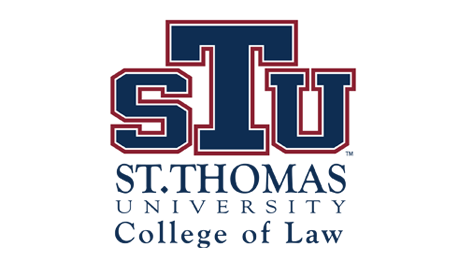Reinforcing Title VII with Zero Tolerance Rules
Document Type
Article
Publication Title
Suffolk University Law Review
Abstract
Employment discrimination remains a difficult and stubborn workplace problem for both employees and employers. Some of this wrongful conduct reminds us of terrible historical events. For example, in one case black workers reported being compared to slaves and monkeys. In another case, black workers complained about repetitive racial slurs, acts of intimidation, and assaults with bats. One Florida case included complaints from black workers about a hangman's noose, prominently displayed in the company's stockroom where it remained for many years. A black worker was told that the noose was used to hang blacks. These cases, along with equally offensive acts of sexual harassment, remind us that American workers retain a strong taste for discrimination. Discrimination is occurring at every level, from the shop floor to the boardroom. Despite the extensive array of laws prohibiting discriminatory employment practices, discrimination remains a fixture in the workplace. This reality humiliates employee victims and exposes employers to liability. This liability, in part, forces employers to consider ways of limiting discriminatory behavior in the workplace. Many employers have decided that the costs and harm associated with discrimination can be controlled by zero tolerance rules. Along with these rules, employers often provide education and training about Title VII of the Civil Rights Act of 1964 (Title VII), and the employer's expectations with respect to workplace behavior. Employers often discharge violators of zero tolerance rules on the first offense. Critics of zero tolerance rules argue that such severe punishment can disregard employees' job expectations and interests, particularly in a unionized setting where the employer needs "just cause" to discharge an employee. They also argue that such policies can polarize the workplace and deny employees their statutory remedies. Further, they argue that the education and training that normally accompany such rules are not effective in changing workplace behavior. The basic premise of this article is that regulation, public or private, can affect workplace behavior. This article evaluates the potential of private regulation, that is, zero tolerance rules to deter and reduce workplace discrimination. Part II traces the evolution of equal employment laws from Reconstruction to Title VII and argues that Title VII has failed to achieve its deterrence and compensation goals. The statute's preoccupation with intent proof requirements, its stringent procedural burdens on employees, and its limited remedial potential give discrimination victims only partial remediation. Moreover, although courts have interpreted the statute to permit narrow forms of affirmative action, it does not assure fair treatment at the outset. As such, the statute has had only a limited effect on workplace culture. While statutory prohibitions remain the foundation of workplace equality, the task of promoting or achieving fair treatment cannot be left to the law alone. Part III looks at zero tolerance rules as a complement to Title VII. It shows the operation of such rules in a variety of labor and employment contexts, and argues that such work rules have helped establish workplace culture on issues such as stealing, drug and alcohol abuse, fighting or violence, and sleeping on the job. Part IV looks at the proliferation of zero tolerance rules regulating the behavior employment discrimination laws prohibit. It considers the interests of employees in not being subjected to arbitrary discipline, particularly when they are protected by contract, and argues that such rules can help create a fair treatment culture and inculcate the values incorporated in employment discrimination laws. It argues further that an employee's first priority or expectation is fair treatment, rather than compensation for abusive treatment; this is consistent with Title VII's goals.
First Page
127
Last Page
157
Publication Date
2005
Recommended Citation
Stephen Plass, Reinforcing Title VII with Zero Tolerance Rules, 39 Suffolk U. L. REV. 127 (2005).

